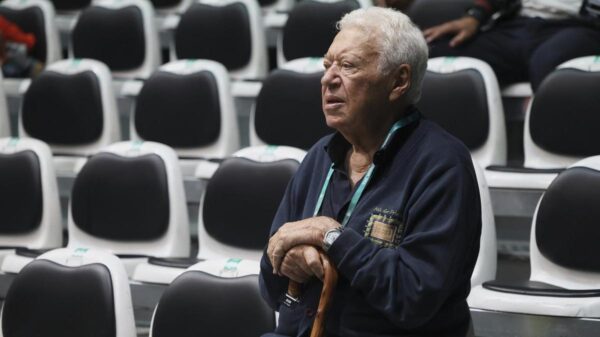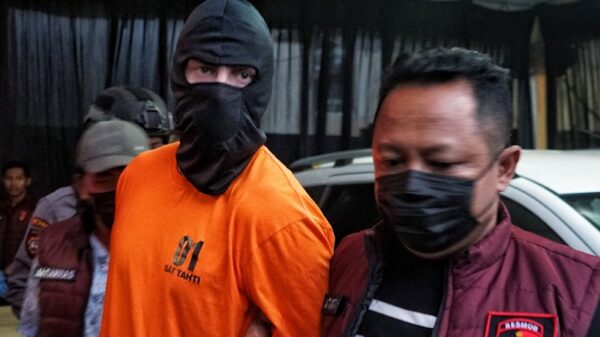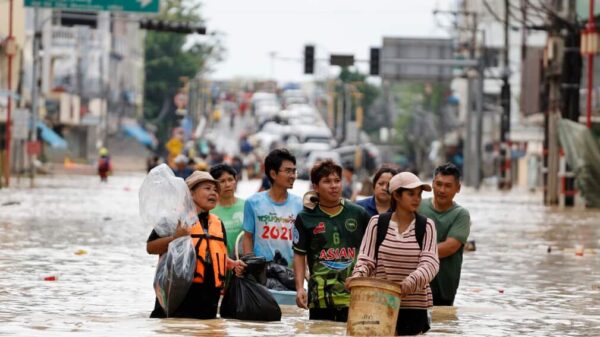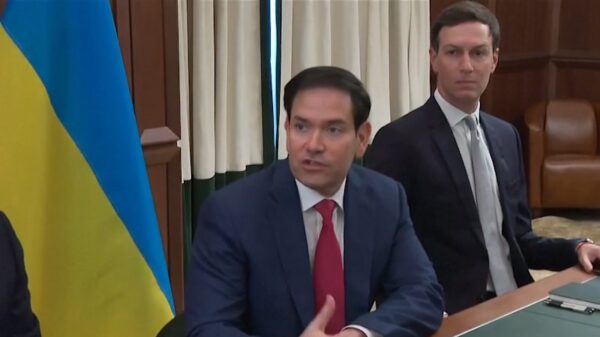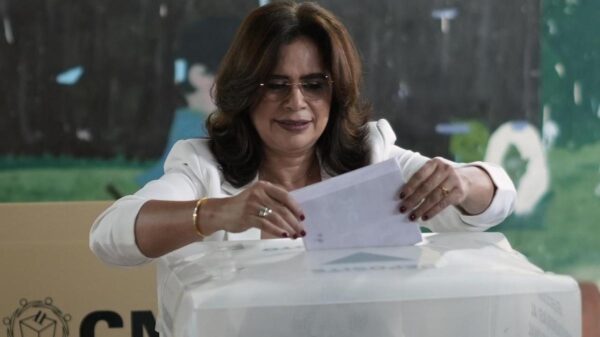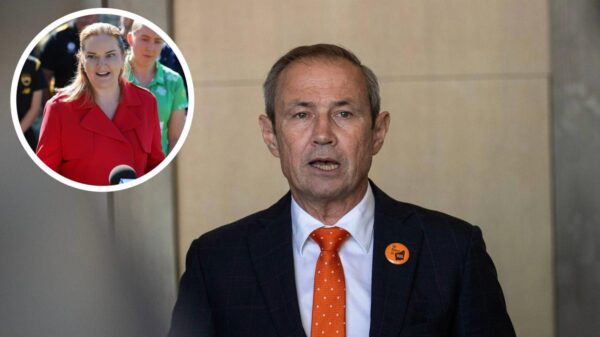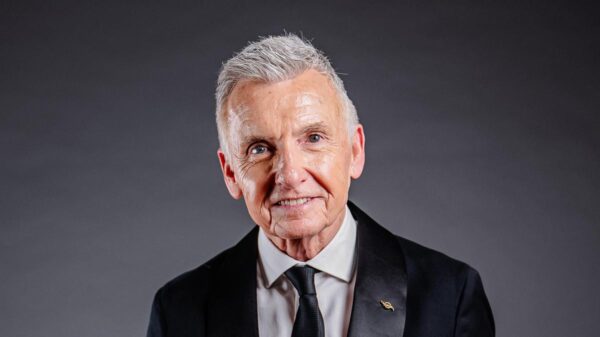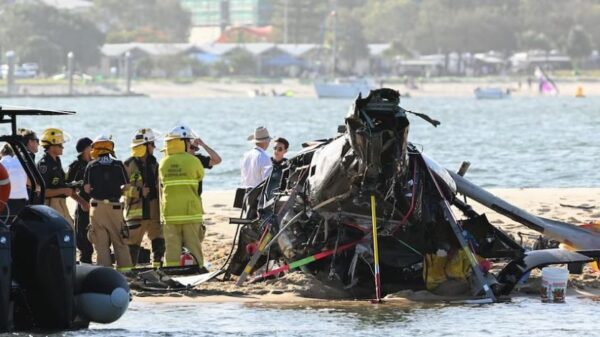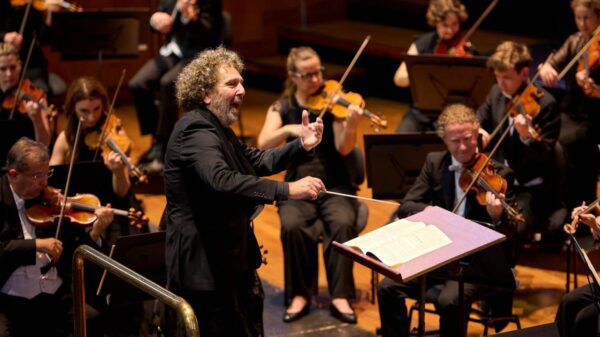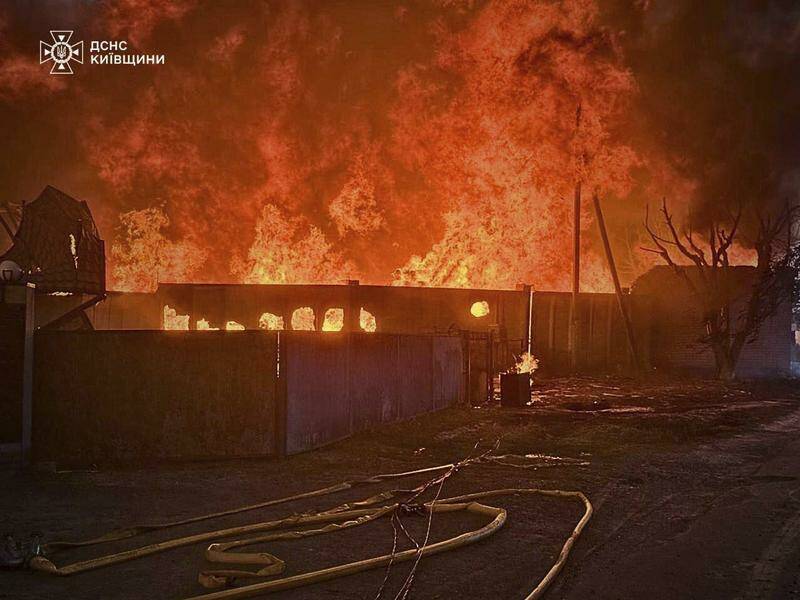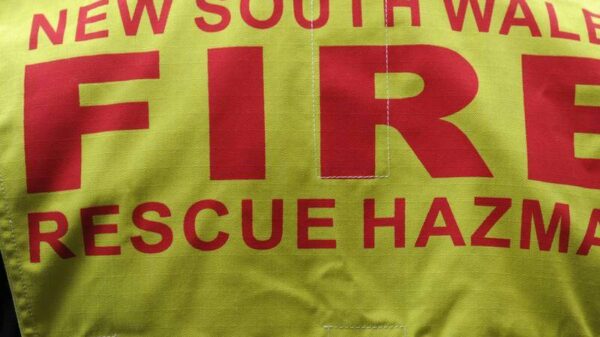Russia has intensified its aerial assault on Ukraine, launching a staggering 728 Shahed and decoy drones along with 13 missiles in a single night. This unprecedented attack marks a significant escalation in the ongoing conflict, which has persisted for over three years. According to the Ukrainian Air Force, the drone strike occurred overnight, targeting various regions across the country.
Lutsk, located in northwestern Ukraine and bordering Poland and Belarus, was reported as the hardest hit area. The city is strategically important, housing airfields frequently used by the Ukrainian military for cargo and fighter jets. In response to the onslaught, Ukraine’s air defenses successfully intercepted 296 drones and seven missiles. An additional 415 drones were either lost from radar or jammed during the attack.
Ukrainian President Volodymyr Zelenskiy condemned the attack, emphasizing its timing amid ongoing diplomatic efforts for peace and a ceasefire. He stated on social media platform X, “This is a telling attack – and it comes precisely at a time when so many efforts have been made to achieve peace, to establish a ceasefire, and yet only Russia continues to rebuff them all.” Zelenskiy called for stronger sanctions against Moscow and its oil sector, reiterating the need for international pressure on Russia.
In addition to Lutsk, the Ukrainian Air Force reported drone strikes across ten other regions, reflecting the widespread nature of this assault. The military’s capacity to intercept a significant portion of the drones underscores the ongoing conflict’s complexity, as both sides adapt to new tactics and technologies.
The escalation comes at a critical moment, with multiple diplomatic channels attempting to address the conflict. The international community continues to monitor the situation closely, as the violence impacts not only Ukraine but also regional stability in Eastern Europe.
This recent surge in attacks highlights the challenges faced by Ukraine in defending its airspace while seeking a resolution to the conflict. As military confrontations intensify, the call for an effective dialogue remains more urgent than ever.

